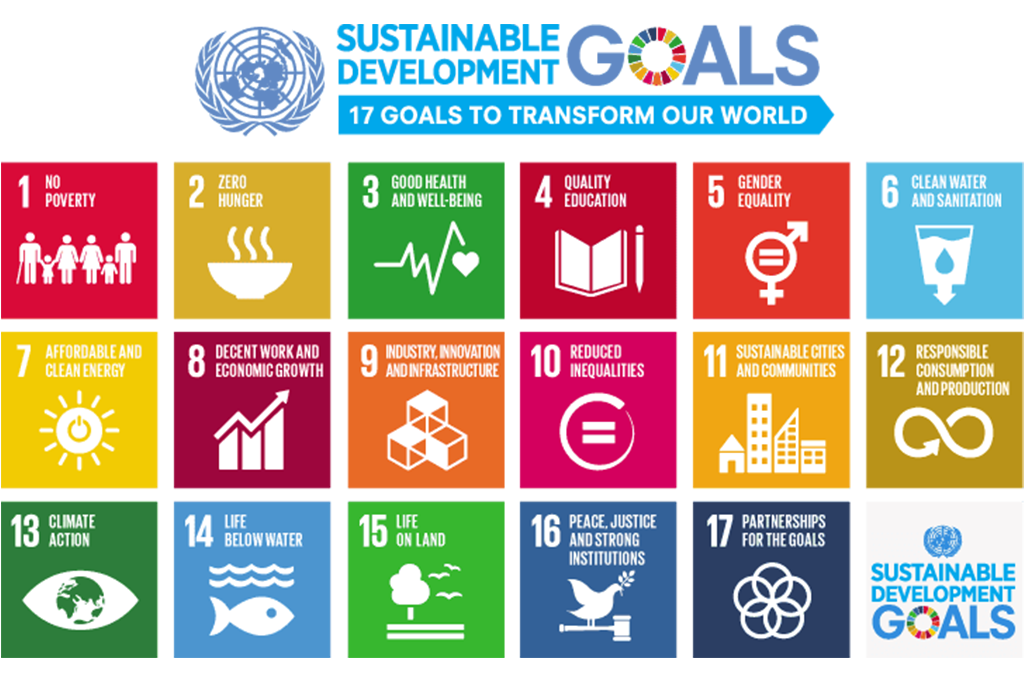BLOG
SELECT BLOG
Microplastics and Emerging Contaminants in Water: New Detection and Filtration Technologies
Om SananClean WaterFebruary 11, 2024
Microplastics and emerging contaminants, such as pharmaceuticals, pesticides, and industrial chemicals, are increasingly found in water sources and present significant risks to ecosystems and human health.
READ MOREDesalination as a Solution: Technological Advances, Challenges, and Environmental Trade-offs
Om SananClean WaterJanuary 6, 2024
Desalination offers a viable option for addressing global water scarcity, particularly in arid and drought-prone regions. With recent technological advancements, desalination is becoming increasingly energy-efficient and environmentally conscious
READ MOREGroundwater Depletion and Recharge: Managing Shrinking Resources in a Changing Climate
Om SananClean WaterDecember 17, 2023
Groundwater resources are crucial to global water security, supplying 25-30% of global freshwater demand (WWAP, 2020). However, excessive groundwater extraction has led to severe depletion, with significant socio-economic and environmental consequences.
READ MOREClimate Change and the Water Cycle: Modeling Impacts on Freshwater Availability
Om SananClean WaterNovember 9, 2023
Climate change has significant implications for the global water cycle, affecting precipitation patterns, snowmelt, evaporation rates, and groundwater recharge. These changes exacerbate water scarcity in vulnerable regions and create challenges for managing freshwater resources sustainably.
READ MOREMaximizing Water Efficiency in Agriculture: From Precision Irrigation to Soil Sensors
Om SananClean WaterOctober 15, 2023
Agriculture accounts for approximately 70% of global freshwater withdrawals (FAO, 2019), and improving water efficiency in this sector is essential for sustainable water management. Advances in precision irrigation, soil moisture sensors, and water-saving techniques offer promising solutions for reducing agricultural water demand.
READ MORE
Water Use Reduction and Reuse: A Path to Sustainability
Om SananClean Energy, Climate Action, Water DesalinationSeptember 13, 2023
Water, the elixir of life, is under threat. Across the globe, water wastage has emerged as a significant challenge with profound environmental,
READ MOREBreeding Drought-Resistant Crops: Advances in Genomics and Biotechnology for Water-Smart Agriculture
Om SananClean WaterAugust 19, 2023
Drought-resistant crops offer a promising solution for conserving water and sustaining yields in arid regions. Advances in genomics and biotechnology allow scientists to develop crop varieties that require less water and can withstand prolonged dry conditions.
READ MOREGreywater and Blackwater Recycling: Innovative Systems for Water Reuse in Resource-Limited Regions
Om SananClean WaterJune 21, 2023
Water recycling, specifically greywater and blackwater reuse, is becoming essential for sustainable water management, particularly in water-scarce regions. Recycling these wastewater types offers both environmental benefits and water savings.
READ MORE
Upending a Decades-Long Theory of Reverse Osmosis Water Desalination
Om SananClean WaterApril 28, 2023
For over fifty years, the widely accepted solution-diffusion (SD) model has been used to explain how reverse osmosis (RO) membranes function in desalination. This model assumes that water molecules dissolve and diffuse through the membrane based on a concentration gradient
READ MORE
Happy Earth Day, 2023
Om SananClean Water, Climate Action, Earth Day, Recycle, ReuseApril 24, 2023
🌍 HAPPY EARTH DAY! 🌍 🚫 SAY NO TO SINGLE USE PLASTICS! 🚫 Did you know 👀 that single use plastics:🛢️ Increase carbon emissions due to fossil fuel use🌊 Pollute oceans and […]
READ MOREThe Economic and Social Cost of Water Shortages: Case Studies from Global Urban and Rural Areas
Om SananClean WaterMarch 13, 2023
Water shortages are more than an environmental challenge; they impose profound economic and social costs, particularly in areas dependent on agriculture, manufacturing, and tourism. These costs extend beyond financial impacts, […]
READ MORE







